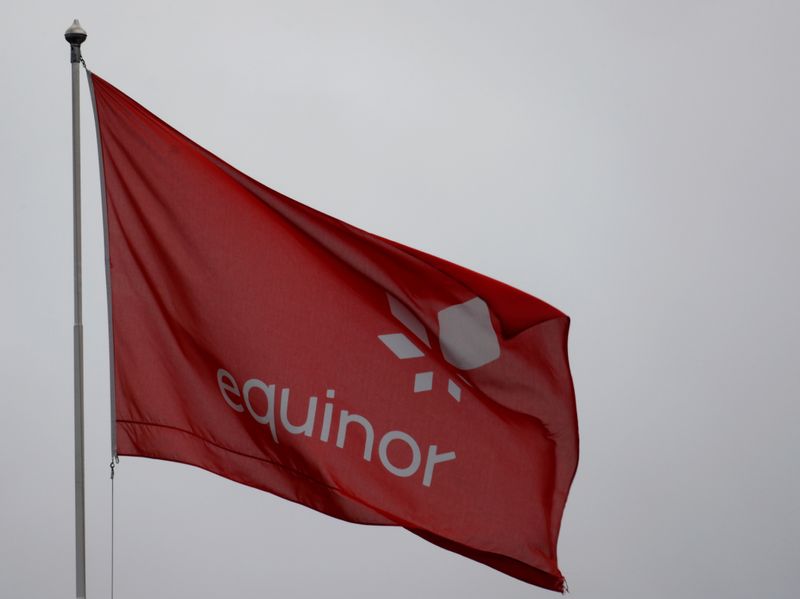In 1973, scientists were able to observe a total solar eclipse over Africa for a long time – from a Concorde plane. The use of the supersonic aircraft was a masterpiece.
The total solar eclipse over North America on April 8, 2024 will last for a maximum of four minutes and 28 seconds. This is not a small amount, but with a maximum duration of approximately seven minutes and four seconds, the total solar eclipse of June 30, 1973 was much longer. But even this was not enough for scientists at that time. They wanted more.
Therefore, the French astrophysicist Pierre Lina turned to the Concorde test pilot, Andre Turcat, with the idea of following the solar eclipse with a supersonic aircraft and observing it from aboard. The scientist and pilot convinced the Concorde manufacturer Aérospatiale, which drew attention to its new aircraft.
The exact timing of the departing flight is essential
The Concorde 001 prototype was equipped with the project's scientific equipment. “Except for the four windows installed in the roof, the aircraft did not need any structural changes as the equipment was attached to standard floor rails,” the seven participating scientists from France, the United States and Great Britain later wrote in the journal Nature. . After equipment and conversion, the aircraft completed five test flights.
On the day of the eclipse, the Concorde plane took off from Las Palmas on the island of Gran Canaria and, after a 45-minute flight over Mauritania, entered the path of the total solar eclipse. The timing was a masterstroke. If the plane had arrived just two minutes early, the time in darkness would have been shortened by 25 minutes, as the scientists later explained in their article. But it all worked out.
74 minutes have passed since the total solar eclipse
The Concorde arrived just five seconds late and then flew for 74 minutes in total solar eclipse. It was at altitudes ranging between 16,200 and 17,700 metres. In this way, they were able to avoid strange weather events and turbulence during observations that occurred upwards from the aircraft. The speed was between Mach 2.00 and Mach 2.10. The plane finally landed in Fort Lamy (now N'Djamena) in Chad.
Twenty-six years later, in 1999, three Concorde planes – two from British Airways, one from Air France – took off and followed a solar eclipse over Europe. This time there were passengers on board with special glasses and no scientists and their instruments.
NASA is sending two planes this time
During the total eclipse over North America on April 8, planes will once again be on a science mission. NASA, the American aeronautics and space agency, will have two such aircraft And B-57 Use special cameras.
In the first of the following two videos, you can see a short documentation in English of the Concorde mission in 1973. In the second video, also in English, you can see what NASA is planning for April 8, 2024:

“Typical entrepreneur. Lifelong beer expert. Hipster-friendly internet buff. Analyst. Social media enthusiast.”







More Stories
'I thought it was a hangover': British woman, 19, suffers headaches after festive break – then learns something shocking
Thailand raises minimum wage
US Congress: Democrats want to protect Republicans